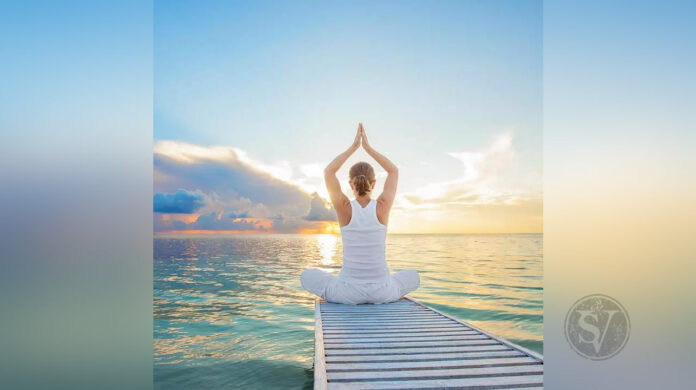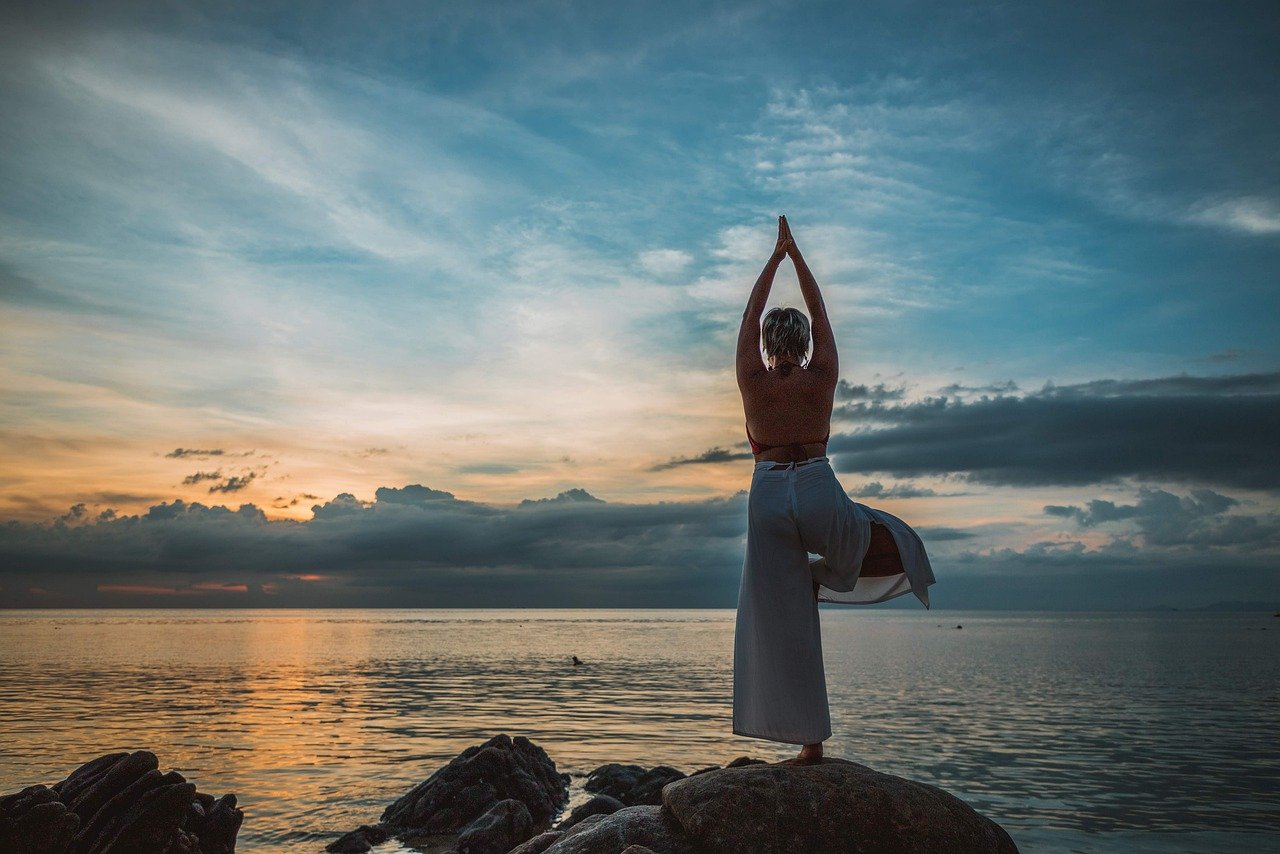Yoga is an essence of Body, mind and soul and not just limited to a few Asanas.
There might be a time during a yoga session when one is forced to compare it with a regular aerobic or a stretching exercise session. Even the breathing exercises look like a military drill where the personnel is trained to hold their breath as a means to increase their endurance. The practice of Yoga is centuries old, however, its importance becomes more in the current context of things. Yoga is a holistic method of connecting your physical self to your spiritual self. Surging Covid, stressful life, and pressure management have made our life complex. Each struggles daily to juggle the priorities of life. Yoga and Asanas have always been interrelated. The existing perception of Yoga still reminds most of the numerous asanas and their uses to the human body. Although asanas form an integral part, there is so much more. In other words, Yoga is a manifestation of various Asanas that form guidelines for a spiritual life.
Discover the extensions of Yoga and Asanas for self-awareness
During our entire lives, we aspire for materialistic things. At least do we realize that the body needs a spiritual touch too. Fulfilling desires are great, but one should not be lost in them. At some point in time, one needs to relax, and have contentment and patience for the things he has. Often the feeling of gratitude is missing. Yoga teaches an individual with basics to keep one’s mind satisfied and calm.
Yoga and Asanas: Know the 8 Limbs of Yoga that form Essence of a satisfying life
The eight steps, commonly known as the 8 limbs of yoga, basically act as guidelines on how to live a meaningful and purposeful life. They serve as a prescription for moral and ethical conduct and self-discipline; they direct attention toward one’s health, and they help us to acknowledge the spiritual aspects of our nature.
Yama
The first of the 8 limbs of yoga, Yama, deals with one’s ethical standards and sense of integrity, focusing on our behavior and how we conduct ourselves in life. Yama’s are universal practices that relate best to what we know as the Golden Rule, “Do unto others as you would have them do unto you.”

Niyama
Niyama, the second limb, has to do with self-discipline and spiritual observances. Regularly attending temple or church services, saying grace before meals, developing your own personal meditation practices, or making a habit of taking contemplative walks alone are all examples of Niyama in practice.
Asanas
The postures practiced in yoga, comprise the third of the 8 limbs of yoga. The body is a temple of spirit, the care of which is an important stage of our spiritual growth. Through the practice of asanas, we develop the habit of discipline and the ability to concentrate, both of which are necessary for meditation.

Pranayama
Generally translated as breath control, this fourth stage consists of techniques designed to gain mastery over the respiratory process while recognizing the connection between the breath, the mind, and the emotions. As implied by the literal translation of pranayama, “life force extension,” yogis believe that it not only rejuvenates the body but actually extends life itself. You can practice Pranayama as an isolated technique (i.e., simply sitting and performing a number of breathing exercises), or integrate it into your daily Hatha yoga routine.
Dhahran
Having relieved ourselves of outside distractions, we can now deal with the distractions of the mind itself. In the practice of concentration, which precedes meditation, we learn how to slow down the thinking process by concentrating on a single mental object: a specific energetic center in the body, an image of a deity, or the silent repetition of a sound. We, of course, have already begun to develop our powers of concentration in the previous three stages of posture, breath control, and withdrawal of the senses
Dhyana
Where Dhahran practices one-pointed attention, dhyana is ultimately a state of being keenly aware without focus. At this stage, the mind has been quieted, and in the stillness, it produces few or no thoughts at all. The strength and stamina it takes to reach this state of stillness are quite impressive. But don’t give up. While this may seem like a difficult, if not an impossible task, remember that yoga is a process. Even though we may not attain the picture-perfect pose or the ideal state of consciousness, we benefit at every stage of our progress.
Samadhi
At this stage, the mediator merges with his or her point of focus and transcends the Self altogether. The mediator comes to realize a profound connection to the divine, interconnectedness with all living things. With this realization comes the “peace that passeth all understanding”; the experience of bliss and being at one with the Universe.
Pratyahara
The practice of pratyahara provides us with an opportunity to step back and take a look at ourselves. This withdrawal allows us to objectively observe our cravings: habits that are perhaps detrimental to our health and which likely interfere with our inner growth.
Also read: Start your morning with yoga








